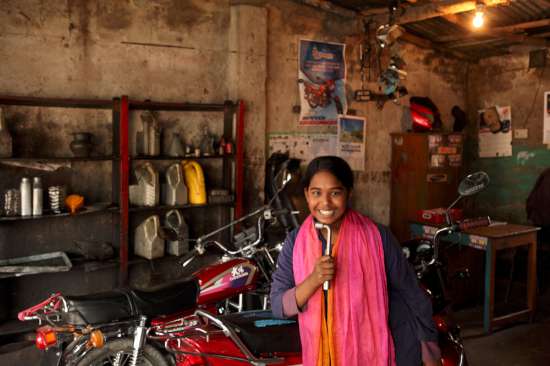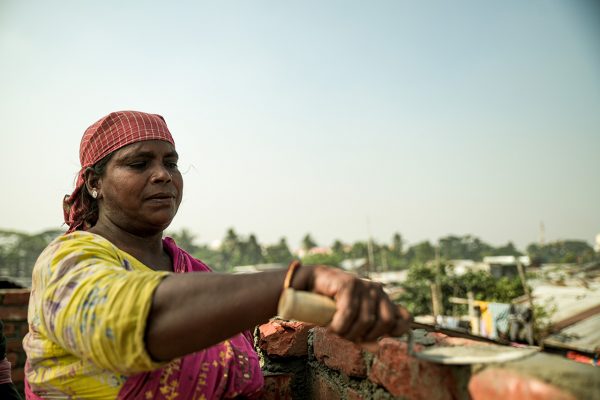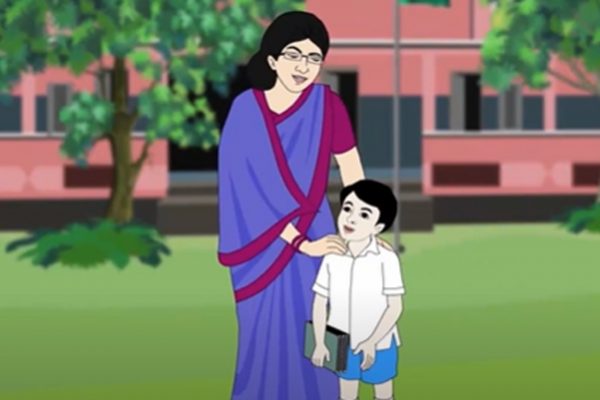Reading Time: 2 minutes
When people talk about BRAC, often the first person they’ll mention is the founder, Sir Fazle Hasan Abed, who sold his apartment in London in 1972 and used the money for relief in post-war Bangladesh. They’ll talk about how the organization grew and grew, how it now reaches millions.
When people talk about BRAC, often the first person they’ll mention is the founder, Sir Fazle Hasan Abed, who sold his apartment in London in 1972 and used the money for relief in post-war Bangladesh. They’ll talk about how the organization grew and grew, how it now reaches millions.
Granted, that’s a good story, but put that aside for now. I like to tell the story of Khadija, a girl who’s changed her life and smashed gender barriers through motorcycle repair.
“Khadija wields her wrench like a contestant on Star Academy might clutch a microphone,” writes the magazine Philanthopy Age. “It’s both an invaluable tool, and a symbol of her aspiration.”
Indeed. The funniest thing about this story: Khadija’s never driven a motorcycle.
The “motorcycle girl” has been picked up at GirlEffect.org and elsewhere, but now the story, like BRAC’s, has grown.
Khadija comes from a very poor family living near the riverbank in a village called Gorashal. Though she was an ambitious student, she was forced to drop out of before finishing fifth grade to help support the family as a domestic worker. Only 55 per cent of children in Bangladesh complete their primary education.
But then came vocational training at BRAC. Motorcycle repair is a lucrative trade, but typically a man’s one in Bangladesh. BRAC didn’t care and neither did Khadija.
The doubters doubted. She persisted. Thanks to Khadija’s success, we’ve begun offering motorcycle repair training for whole groups of girls.
When historians look Bangladesh’s incredible gains in the decades after independence in 1972, they will surely cite BRAC and Abed, as The Economist and others have.
But we need to give credit where it’s due. It’s the empowerment of women and girls like Khadija that have made Bangladesh one of the star performers public health and poverty.
There are now more girls in school than boys in Bangladesh. Meanwhile, poverty has been halved in the last 20 years. That’s hardly a coincidence.
Rock on, Khadija.
Hey! Before going on with your life, tell some other people about Khadija’s stardom using our new Instagram account, Facebook or Twitter (@bracworld)






